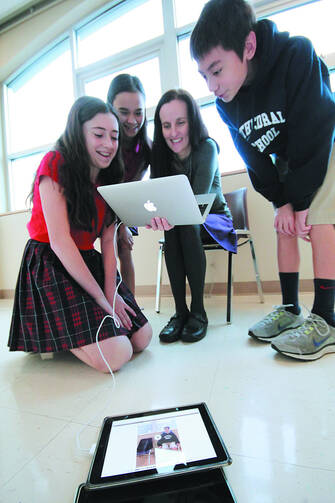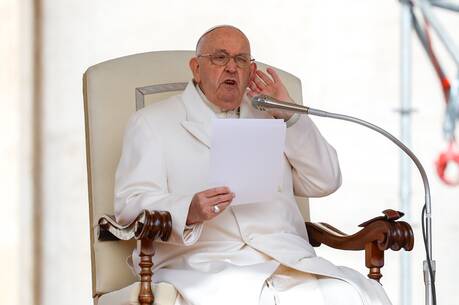To live today is to be constantly enticed by new technology, especially anything that comes from Apple. This is the case in most industries, and especially in education. Educators and school administrators, whether public or private, faith-based or secular, develop a fear of falling behind, of not advancing with the times, of not having the look of a sophisticated, highly technical operation. We want to show parents how awesome our campus is, how your child will take Chemistry in the academic equivalent of the Starship Enterprise.
This fear can keep schools fresh and innovative, but it can also be costly in many ways. Integrating a curriculum with(in) a tablet or laptop takes significant planning and a faculty that has been trained on the devices well in advance. The schools that have added laptops or tablets in successful ways have added them incrementally, starting, for example, with a freshman class, and then adding them to subsequent classes one year at a time.
Regardless, it is not easy, and not even necessarily better than the alternatives. And few stories better reveal the need for discernment in this matter than what is unfolding in the Los Angeles Unified School District. There, the district is having big-time buyer's remorse—millions of dollars worth—because of the lack of such careful planning. As reported by Howard Blume in the Los Angeles Times:
The $1.3-billion iPad effort was a signature program under then-Supt. John Deasy. But it faltered almost immediately during the fall 2013 rollout of the devices. Questions later arose about whether Apple and Pearson enjoyed an advantage in the bidding process; an FBI criminal investigation is ongoing.Deasy had said the technology effort was a civil rights imperative designed to provide low-income students with devices available to their wealthier peers. He resigned under pressure in October, largely because of problems with the iPad effort. He could not be reached for comment.
Amid eroding political support and rising costs, the district first slowed the effort, then abandoned the goal of providing a device to every student.
The school district is now considering filing suit against Apple as well as the company who created the curriculum, Pearson. Blume reports:
Under the contract, Pearson was to provide English and math curriculum. The district selected Pearson based only on samples of curriculum—nothing more was available.L.A. Unified made the deal anyway; it wanted to bundle the curriculum and the device into a single price. A three-year license to use the curriculum added about $200 to the $768 cost of each iPad. The entire purchase then was financed through school construction bonds, which can be used to purchase computers.
L.A. Unified bought 43,261 iPads with the Pearson curriculum. The district purchased another 77,175 iPads under the contract without the Pearson curriculum to be used initially for state standardized tests.
Pearson could offer only a partial curriculum during the first year of the license, which was permitted under the agreement. Teachers and principals never widely embraced the product.








